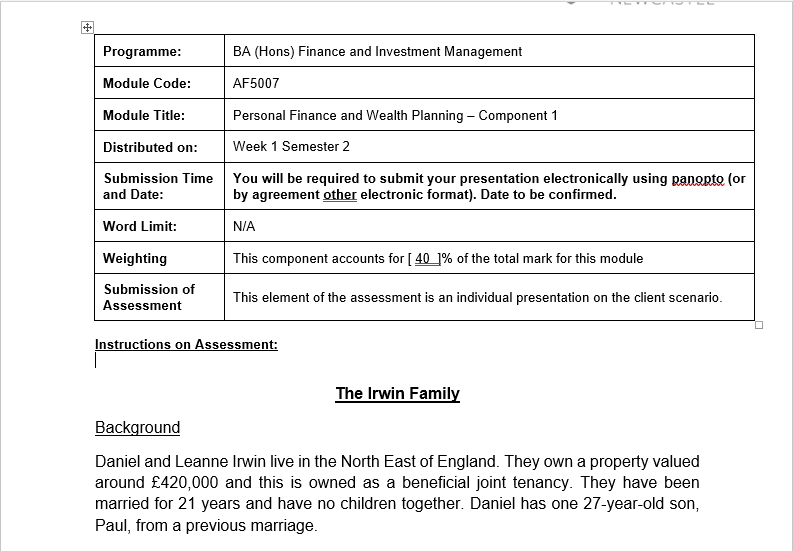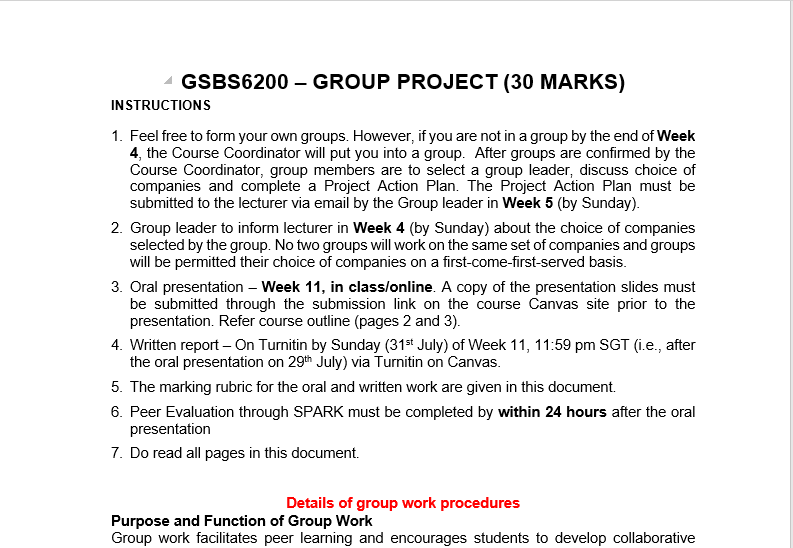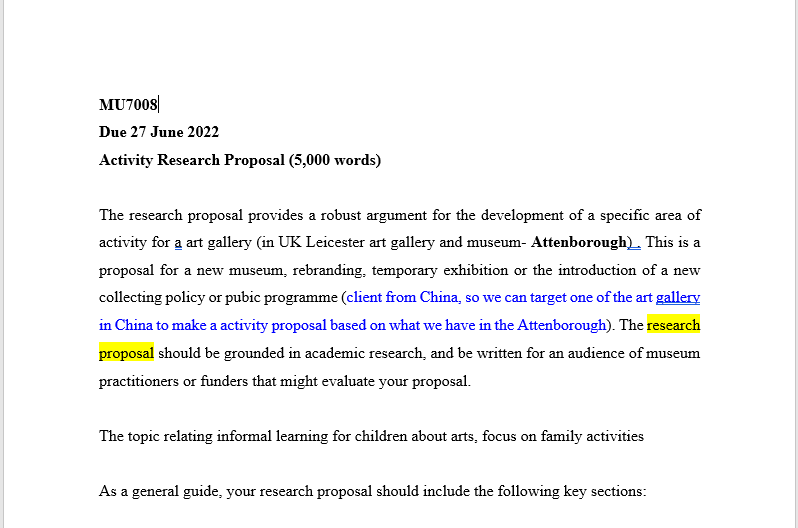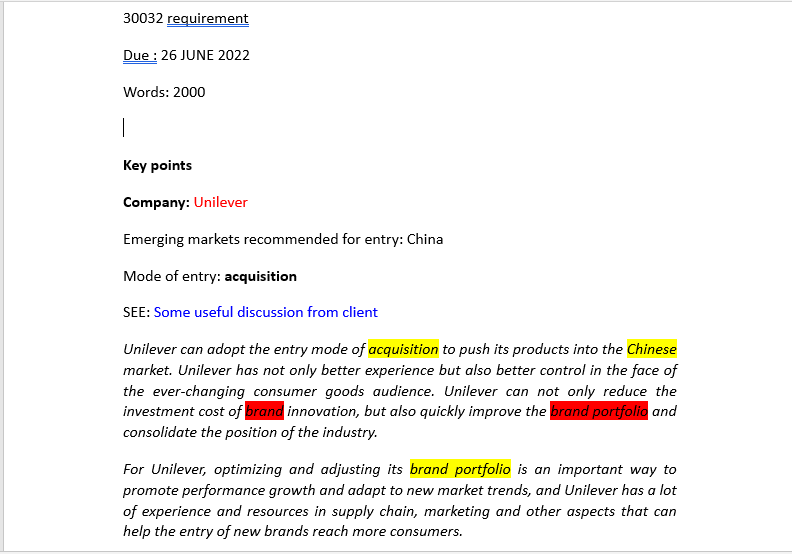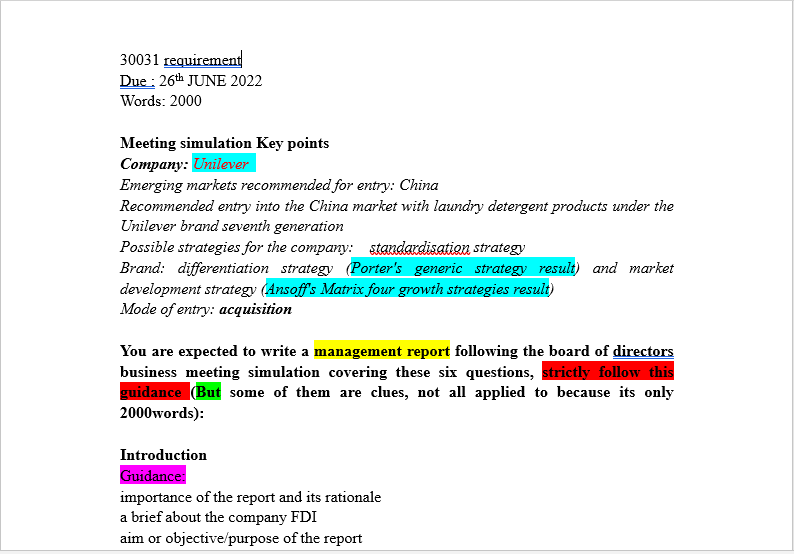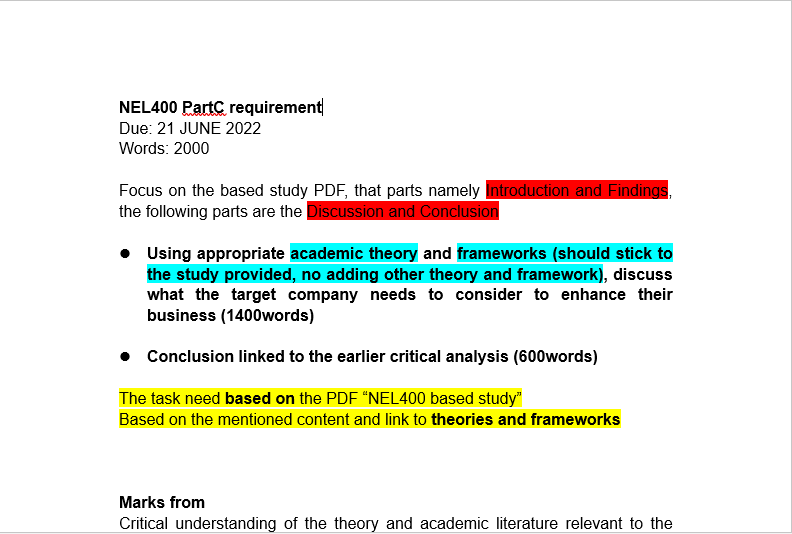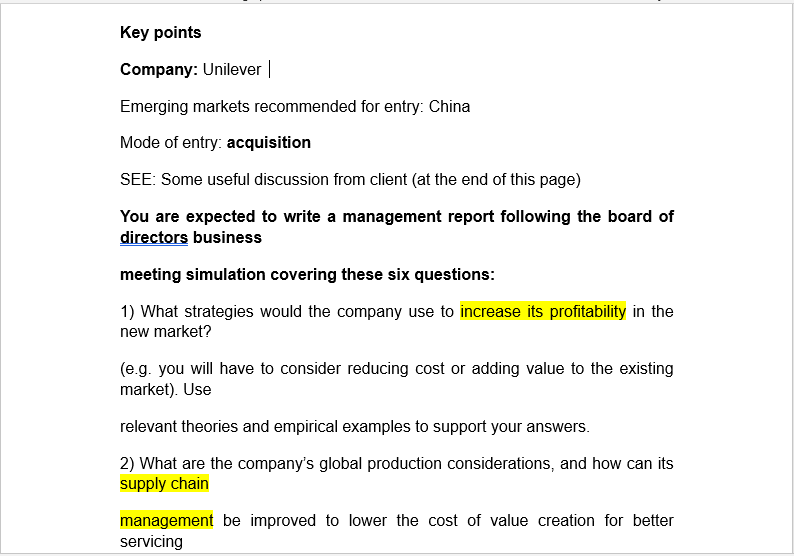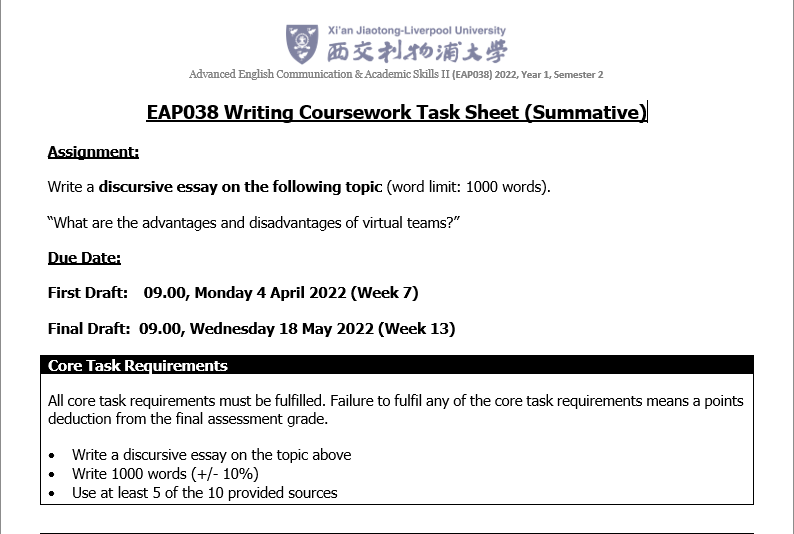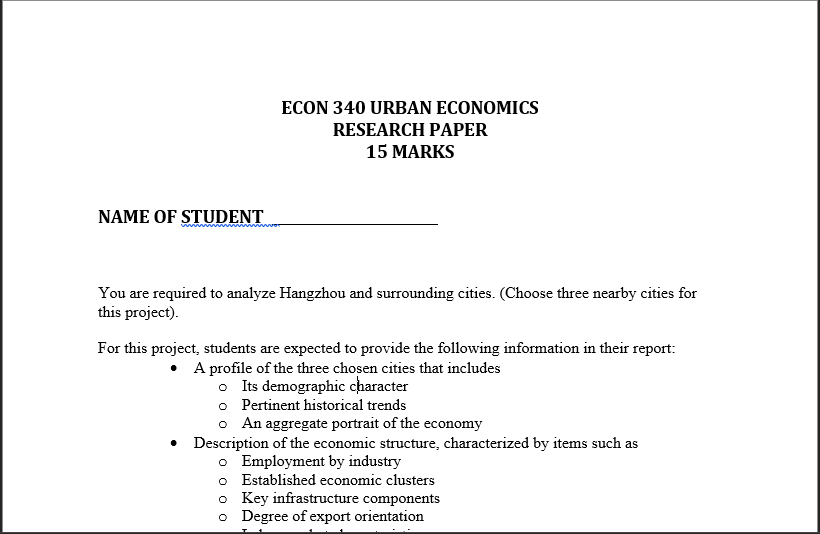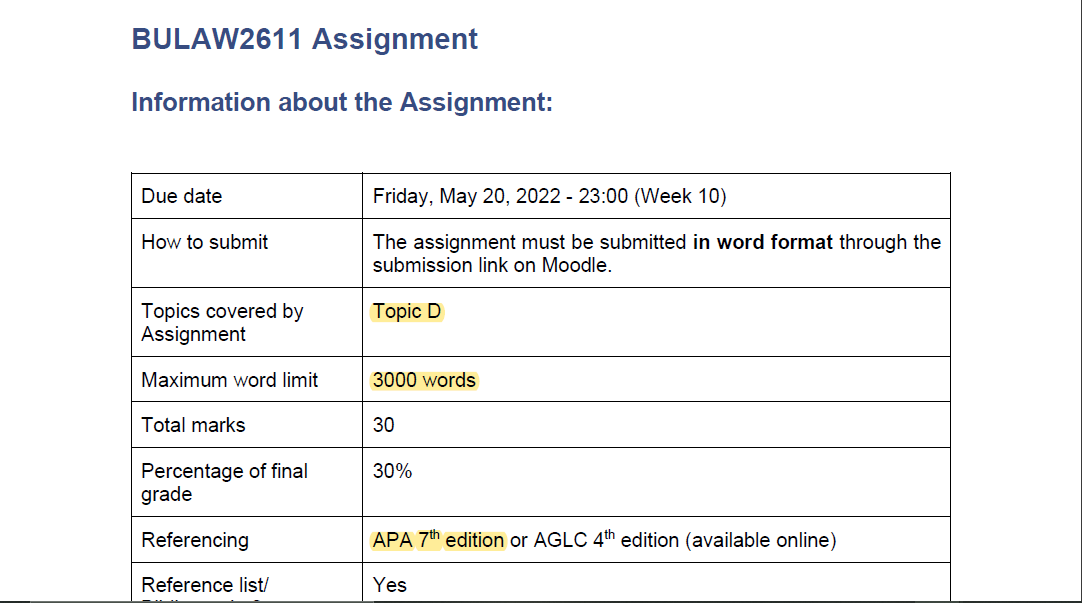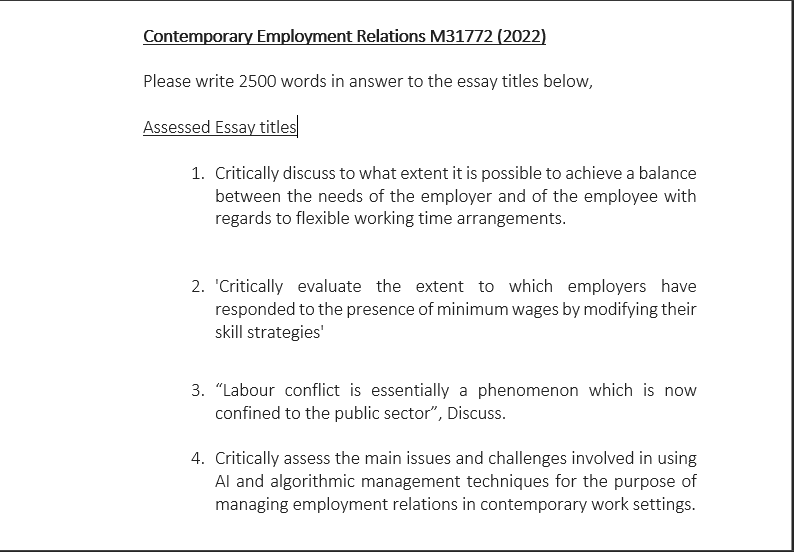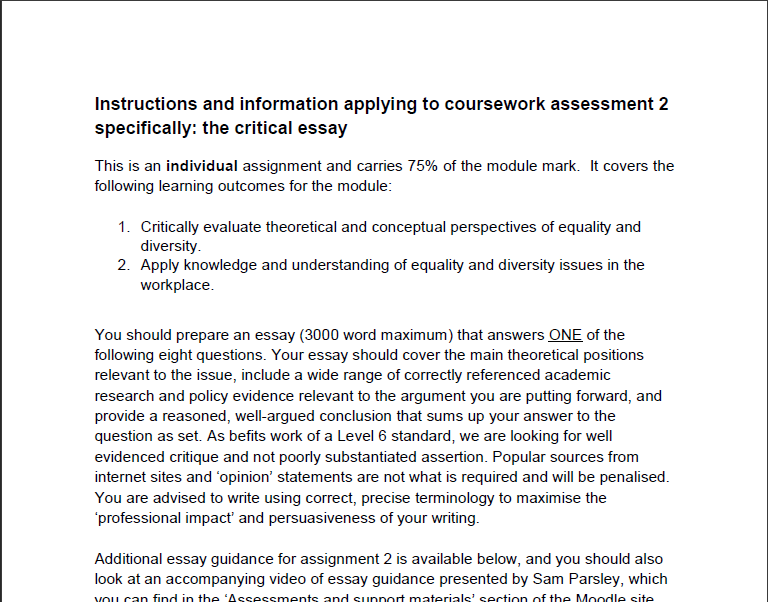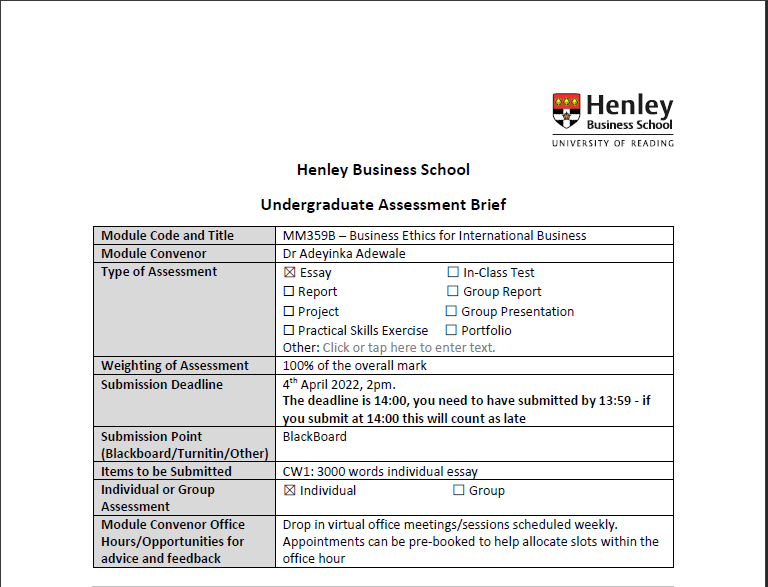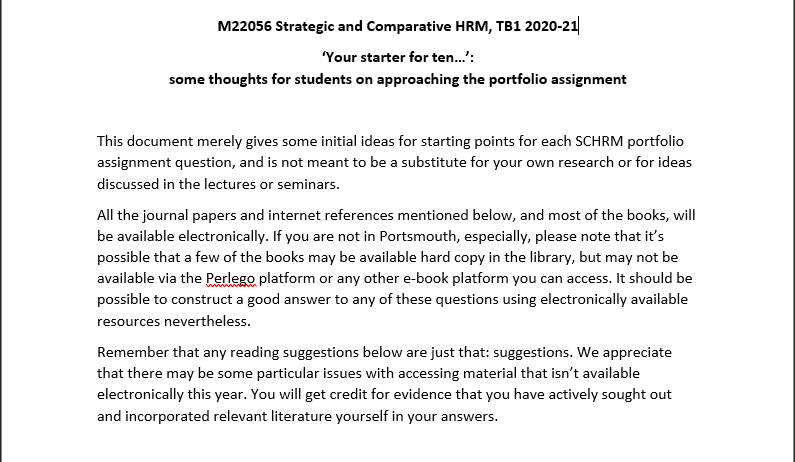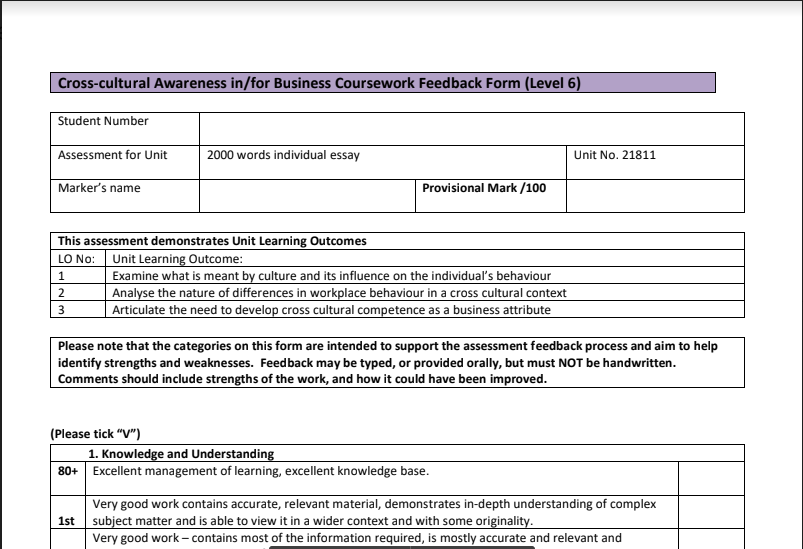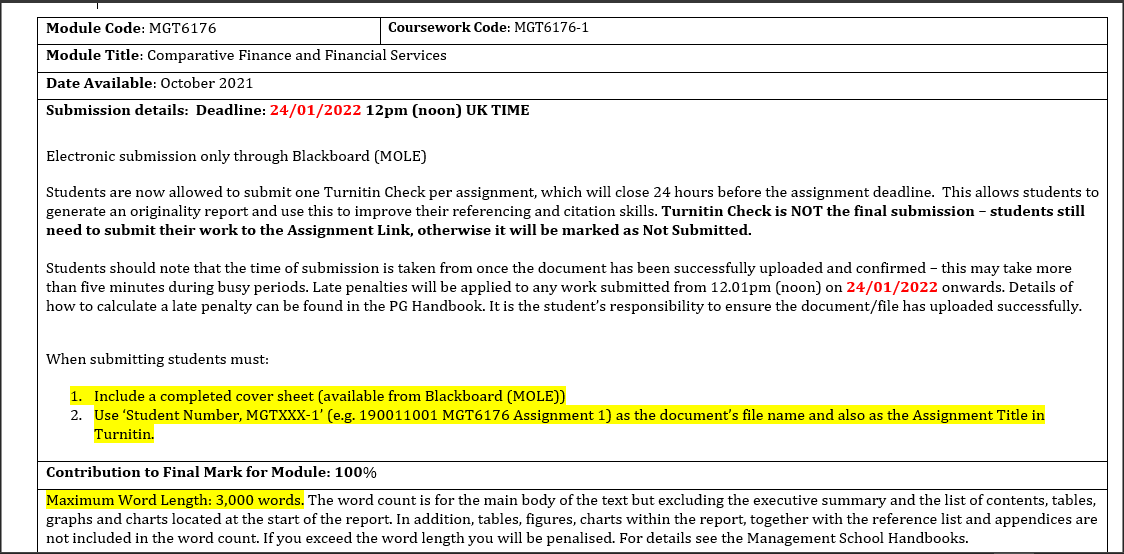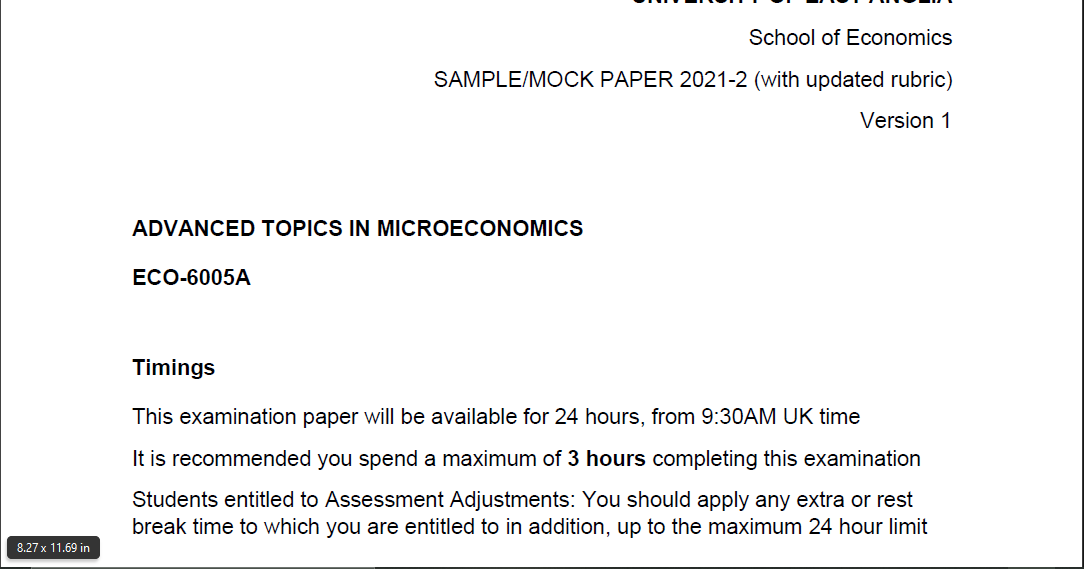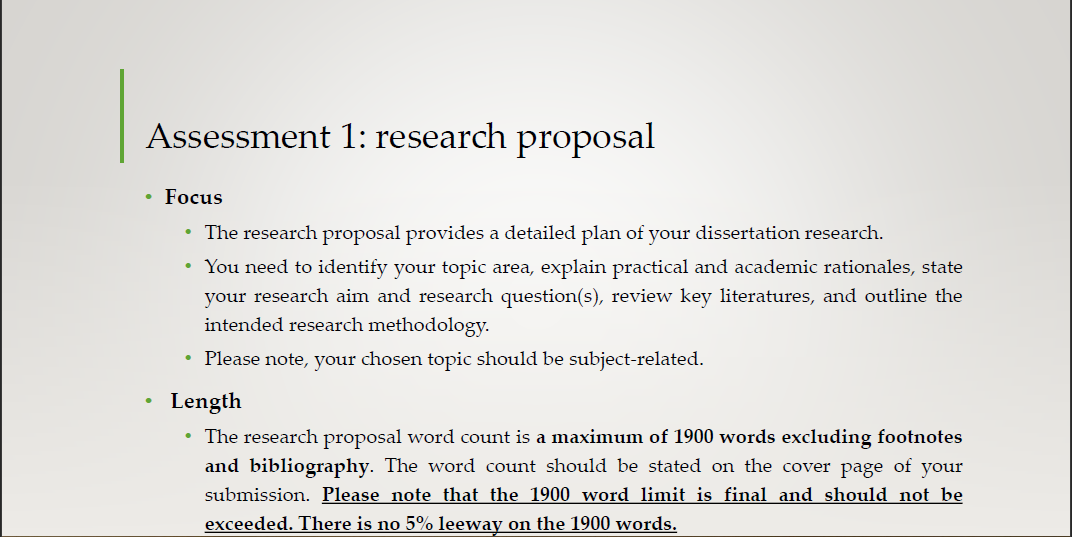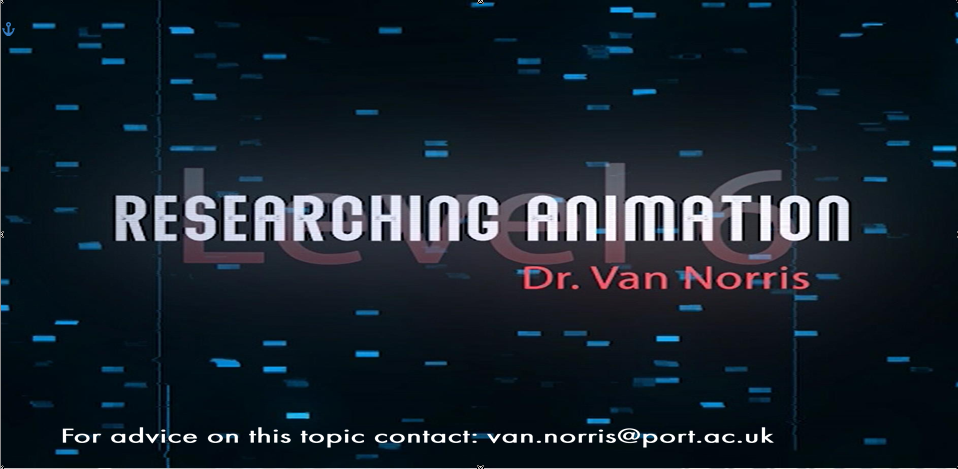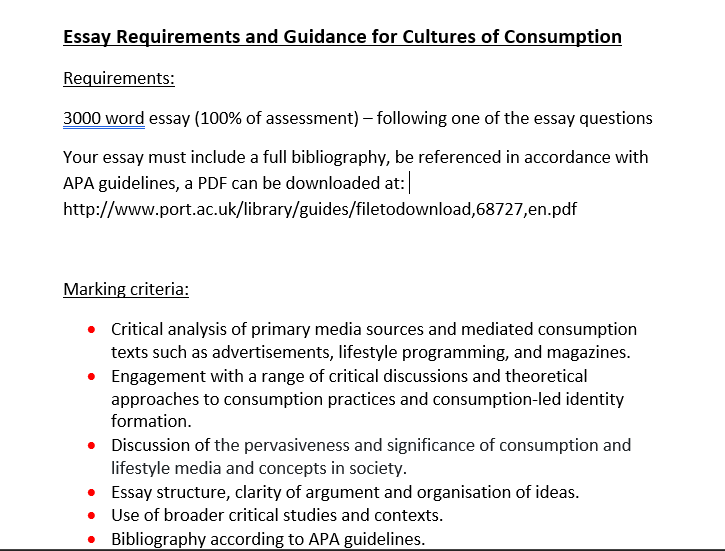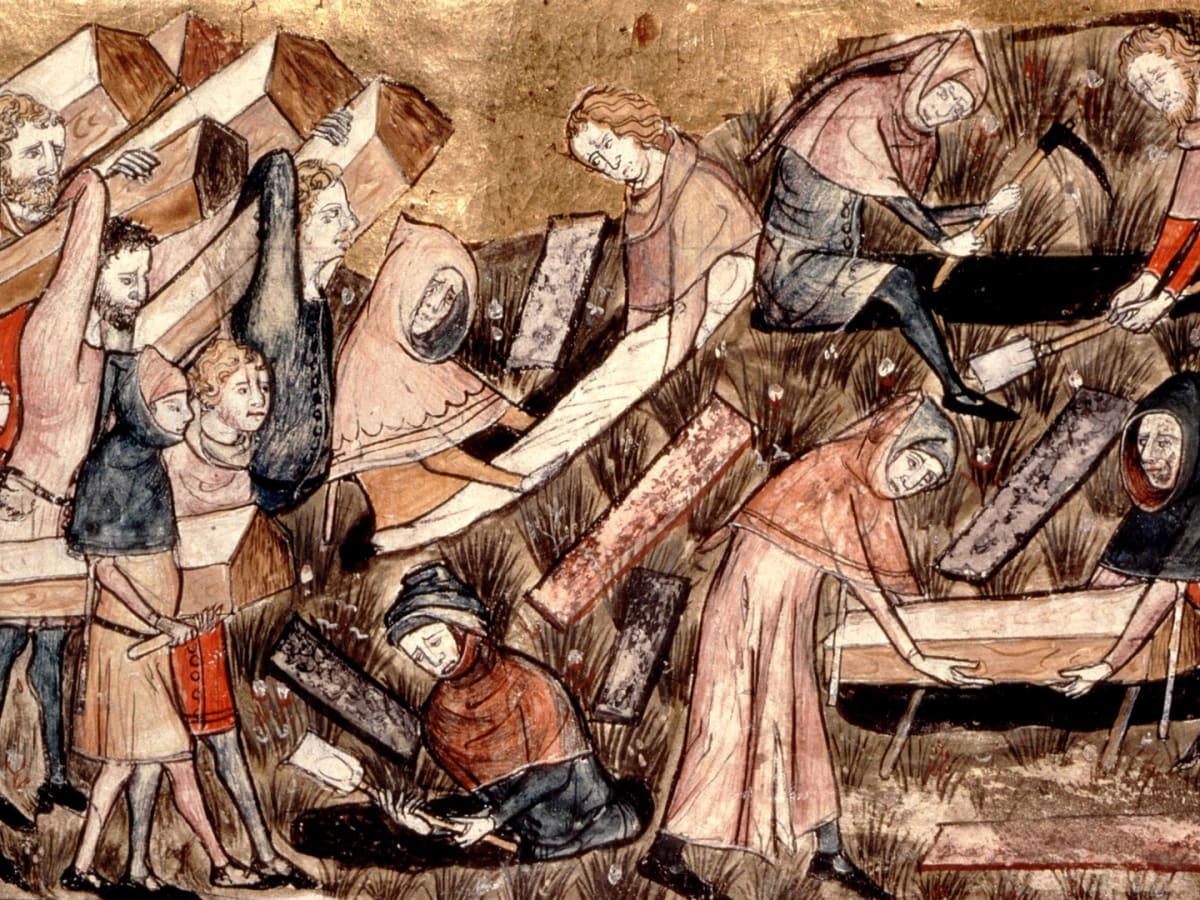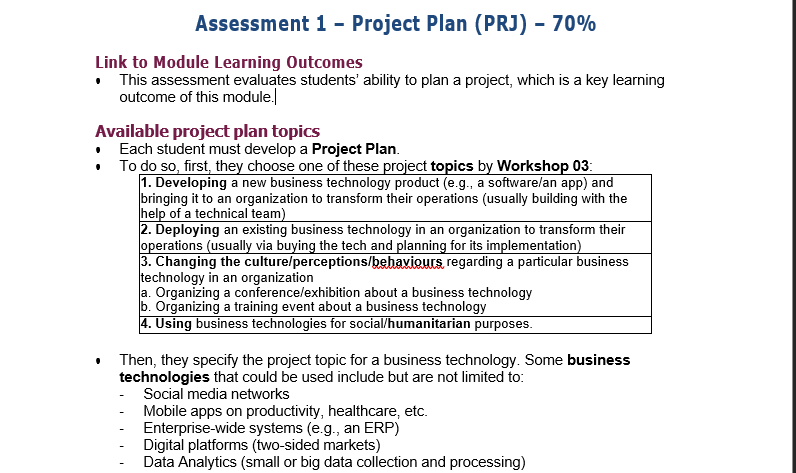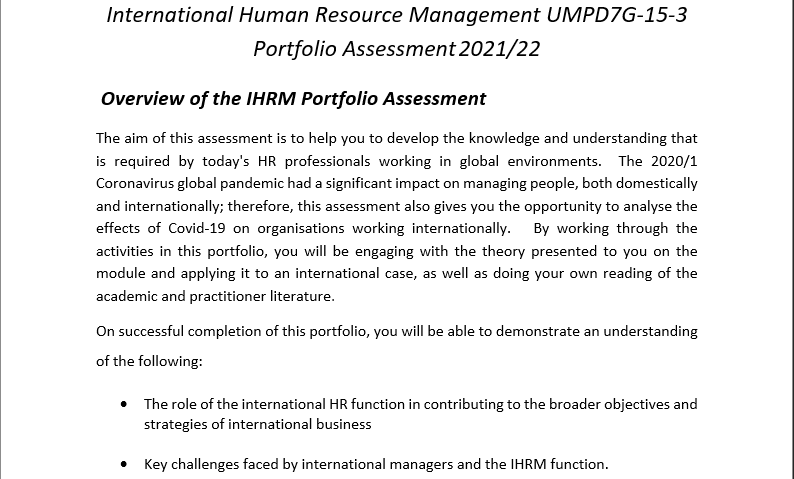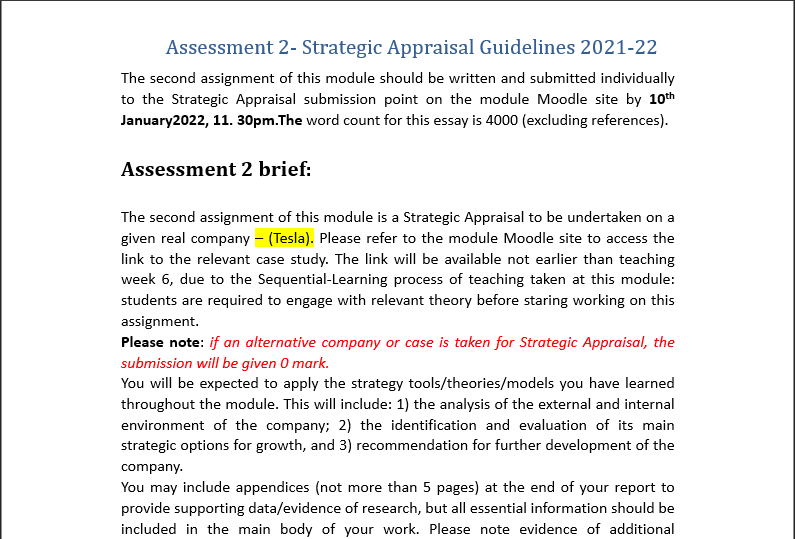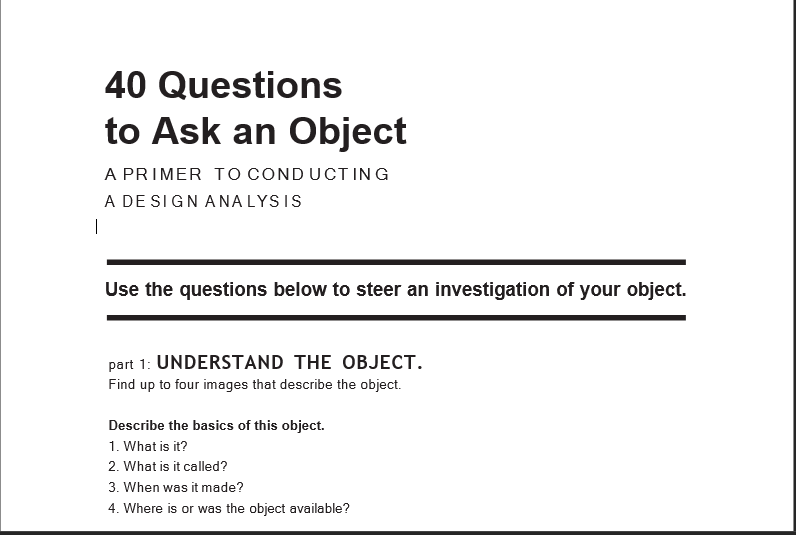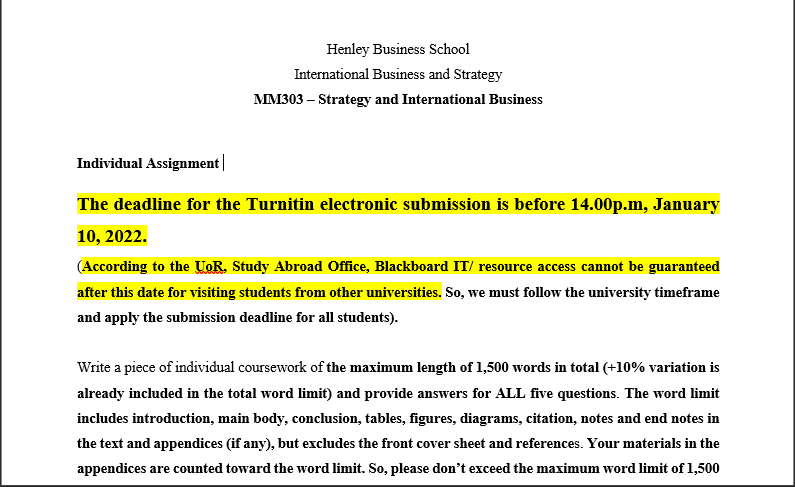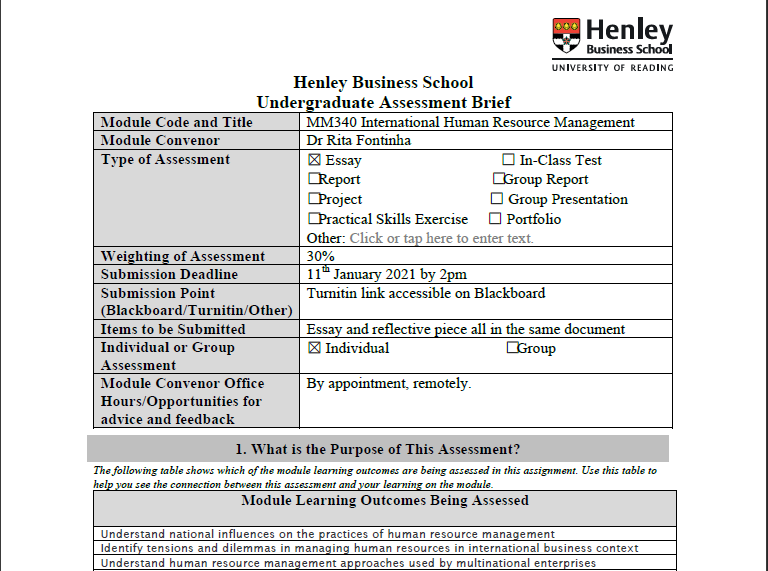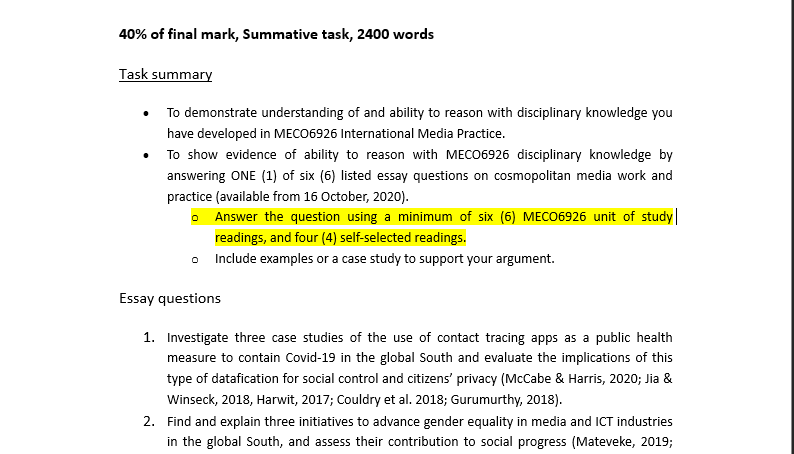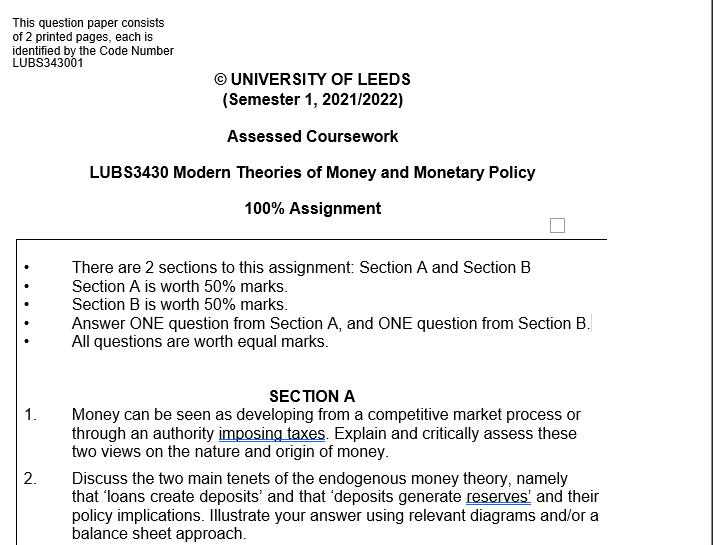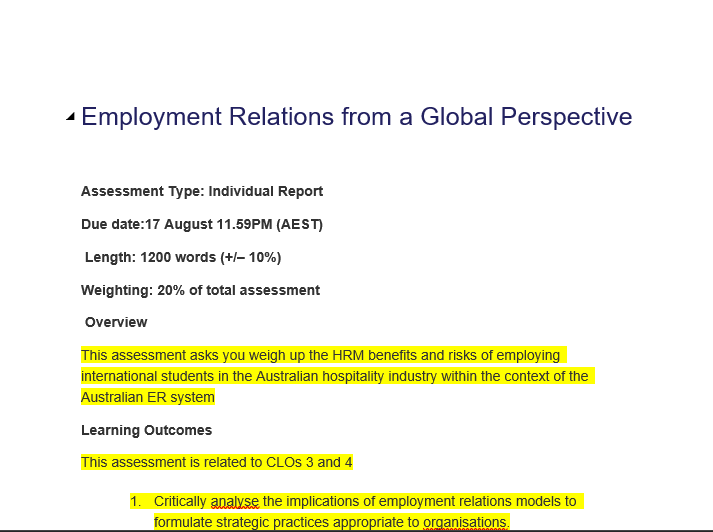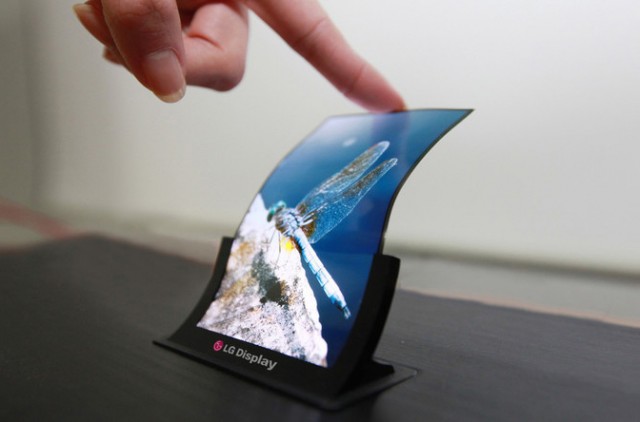Executive Summary
Lego, is a family-owned company that has been a major toy producer and manufacturer for the past few decades. Their brand name and quality has enabled them to maintain a major percentage of the toy market even in the world today, making them a major multinational corporation (MNC) globally.
The report proposal herein, undertakes to assess the present market situation so as to formulate a viable plan for the company to introduce and launch their new service; rental and recycling of Lego toys. The service is targeted at the middle and lower financial class citizens who may not be able to meet the costs of purchase of these toys.
Considering the mission and vision of the company, Lego aims to build and create better lives for children. Their recent developments in technology and innovation according to Lego.com. (2021), has shown that they are working towards making children more creative and tech oriented in a technological world.
We shall undertake to find out the various market dimensions while intricately dissecting them to create and discover avenues through which the company’s new service may thrive. The process shall involve market auditing, objective assessment, costing, financial, social and marketing objectives as well as a contingency plan in light of the recent Coronavirus pandemic. The proposal may serve as an in-depth research and planning analysis of the company and the best courses of action in their plan to launch a new service.
Table of Contents
3.0 The New Product/Service. 10
3.1 Brief Product Description. 10
6.1 Sales forecast and rationale. 27
1.0 Introduction
Formed in 10th August 1932 by Ole Kirk Christiansen, Lego Company is known globally for its Lego-brand toys, amusement parks and retailing stores. The company prides itself in innovation and provision of the best human experiences for the people they serve. With the humongous nature of the company and its operations, comes the complexity of managerial and organizational dynamics, as asserted by, Schultz and Hatch (2003). According to, Lauwaert (2008), Ole Kirk Christiansen, a masterful carpenter who built a wooden duck as the first Lego toy, was the result of the increasingly profitable business Lego has grown to become. The family-owned company aims to further its reach to those people who are of lower economic standing, through the new service of product rental and recycling.
The mission statement of the company, according to Schultz, Hatch and Ciccolella (2014), says, “To nurture the child in each of us.” He further claims that the vision statement reads, “The best is never good enough.” Such statements form the basis of the company’s driving force in the process of handing over form one generation to the next. Lego’s current mission is to enable children from disadvantaged backgrounds to receive the same form of satisfaction that advantaged children derive from playing with toys from their brand. The new service that the company aims to introduce to the general public, offers an enabling environment for such dreams to be achieved. One of the most relied on corporate beliefs by the company states that, children are the greatest role models since they are creative curious and imaginative, as asserted by, Schultz et al. (2014).
One of the major ways in which Lego creates corporate goals, is by allowing trained moderators to communicate with Lego users whilst giving them feedback on their inquiries and suggestions, Hienerth, Lettl and Keinz (2014). Through similar interaction, the company is able to formulate corporate goals such as the need to develop partnerships with their suppliers and departmental store to enable the provision of their new service to customers. The new service proposal I am developing hereunder will enable the effective execution of the company’s plan and eventual success of the new service once it is launched to the public domain.
2.0 Market Audit
The section below provides for an in-depth analysis of the market sway and availability to accept the new service that Lego plans to offer. We shall elaborate on the various data collected and the deliberations.
2.1 Macro-analysis
In order to adequately conduct a macro-analysis market, we require to first find out the various opportunities and threats facing Lego and the associated new services. According to Windekilde (2016), MNCs like Lego greatly benefit by creating synergies derived from operating in various industries. In this regard, the company is at a great position to assess their opportunities and threats through a market audit macro-analysis.
Some of the key opportunities enjoyed by the company include: organization of school competitions, segmentation of more content into other sections and further branding campaigns to reach newer segments of the market. School competitions offer a good niche to reach the major user of the company’s products – children, as ascertained by, Skool-Study.Learn. Share. By getting children involved in the pre-testing and pre-launch processes of the company by taking the toys to their schools for competitions will help influence a greater number of parents to appreciate Lego’s new service. Children will propose the new service to their parents and influence their choice to get involved thereby benefiting the company through profits and market involvement.
The segmentation of more content into other sections may involve the innovation and conglomeration of new concepts to old ones in order to come up with a unique and a market-alluring product. As ascertained by Mortensen, Jensen and Nielsen (2012), companies need to get involved in product segmentation to maintain focus on a few select products in spearheading marketing campaigns. Such actions will ensure that optimal sales for new product selections and in this case, the new Lego rental and recycling service, becomes a subject of major emphasis by the market.
Branding campaigns are a major selling strategy that Lego has employed over the years to ensure market relevance and optimal sales all-year-round. Schultz and Hatch (2006) claim that, brand uniqueness, authenticity and attraction are the driving forces of Lego Company’s exemplary growth. In this regard, further branding campaigns should be held by the company in order to sell on quality and attractiveness of the brand, rather than on market strategy – as is the case with other competitors.
The greatest threats to Lego’s new service are: video games, cartoon channel, internet, outdoor games and other similar companies. Technological advancement has caused a major shortfall in the number of children who are interested in getting physical toys to play with. The television has captured their attention and research says that, 99 percent of boys and 94 percent of girls play video games today, Boduszek et al. (2019). Consequently, the company’s new service may come as incentive to provide these children with a real-life experience with toys that emulate play tools, they use in the video games.
Cartoon channels are also very intriguing and one of the key threats to the Lego company business. The number of hours children spend in front of computer screens is overwhelmingly much. The new service that the company aims to give will provide for an alternative and cheap option that parents and children will appreciate.
2.2 Micro-analysis
The Lego Company enjoys a flurry of strengths that gives it a business edge over other present players in the toy business. Some of these strengths include: strong brand awareness in over 55 countries, strong product portfolio, brand diversification into video games, TV, movies and merchandise. Schultz and Hatch (2003) assert that, Lego Company brand created by its founder has acted as a long-standing umbrella propelling the business to great advancement and growth to its present state. The ongoing growth of Lego’s operations due to a strong brand awareness may be enhanced through the new service they aim to launch.
For any business to thrive, there needs to be a strong product portfolio that keeps them and their company appealing to the potential customers. Lego company, according to Robertson and Hjuler (2009), ensures that its innovation goals are in tandem with new-product portfolio so that a culmination of those efforts could create overall growth of the business. In this regard, Lego, keeps improving its product and service regularly, in order to keep their customers happy and well-engaged.
The move to diversify Lego’s products and service to include video games, TV, movies and merchandise, has led to its expanse into unchartered markets and prompted its growth. Johnson (2019) claims that, Lego is committed to diversity through its franchise and aims to employ the same principles in their independent products. Through such strategy and dedication to building a trustable brand, Lego aims to become even more profitable in the latter years through its new service for rental and recycling.
Despite the unequalled and unrivalled growth faced by Lego, there are a few weaknesses that the company harbours which may pose a problem to its continued growth and development. Schultz and Hatch (2003) concur with the fact that imitation of the company’s product and brand names and high brand conversion rate on to the loss of the online game market share are major weaknesses of the company which may affect its operations. Given the increased number of similar products in the market, Lego is faced with a great challenge of defining its products’ uniqueness as compared to other similar options bearing similar names to theirs. As such, the company, may potentially lose potential buying customers who may be inclined to buy on price rather than quality. Thereby, there is a great need for the company to offer the new service in order to reaffirm their market presence.
The recent high rate of brand conversion by Lego, is a major weakness that faces the company. Despite the high emphasis on customer and user experience by Lego through branding strategy, as asserted by Kalcher (2012), the company still faces an issue with brand conversion in order to maintain market uniqueness. By introducing the new rental and recycling service, Lego could take advantage of their user experience emphasis to capture and retain new customers who would have otherwise not been aware of the brand or initially able to afford their products. Subsequently, Lego will face an improvement in their sales margins and arise in company revenues.
2.3 Internal analysis
Based on the culmination of the above thoughts as appertaining to the macro and micro analysis market audit of Lego, it is realized that the company has an opportunity to reach customers who were otherwise unable to use its products. The strong brand image portrayed and upheld by the company are some of the contributing factors leveraging it against other major players in the market. Kalcher (2012) claims that Lego aims to transit from being a product brand, to becoming an experience brand. Such actions aim to make Lego represent an experience, such of which, the world today aches to receive. Some of the steps towards achievement of this goal is this proposal to introduce a new service to their customers for rental and recycling. By asserting their sway and power in the market through this service, Lego will become a major player in the user experience industry making them a stronger MNC and enable them to reach into other foreign markets.
2.4 Situational analysis
Table 1: A SWOT summary of Lego Company market audit, with key opportunities, threats, strengths and weaknesses that informed the development of the product proposal.
|
Opportunities
|
Threats
|
|
Strengths
|
Weaknesses
|
3.0 The New Product/Service
3.1 Brief Product Description
In the deployment of this new service, certain product strategy needs to be used. The concept of product rental, according to De Angelis (2018) involves the use of a product over a period of time while paying certain fees, increasingly lower as compared to the purchase price of the specific item. The new rental and recycling service which shall be offered through suppliers and departmental stores will be highly labour intensive. With the recent Coronavirus pandemic, high levels of hygiene will need to be maintained to ensure that the service is not an avenue through which disease is passed on from user to the next. The proposal for the new service is aimed at easing the burden of purchasing toys for kids by offering rental solutions for a period of time and the subsequent returning of the same for use by a different customer.
The solution offers a green and sustainable solution for our rapidly degrading environment. Lego hopes to reduce the amount of disposable plastic toys through their recycling through extensive sterilization processes, then placing them back on the shelves for rent by another user. The service will be majorly preferred in towns where residents are of medium to low financial standing. Lego’s proposition hopes to give children from such backgrounds, exposure to some of the most expensive toys to piques they brains and seek solutions to the world’s greatest problems. My analysis of the said proposal is inclined towards finding reasons as to why this service may be advantageous to the society and providing probable solutions to the problems that may result in the success thereof.

Fig. 1. A visual representation of the product concept.
Source: Team, M. (2021).
3.2 Concept statement
Rental and recycling service by Lego, is an innovative and market friendly solution which the company could implement for a boost in sales. Considering Lego’s new store calendar indicative of its present sale items, as shown in Lego.com. (2021), the company offers its toys are really high prices which are seemingly affordable for the few select citizens of various nations. The new service aims at offering the same products at lower prices on rental basis. Such measures are intended to attract a new kind of market that realizes the incentive offered and appreciate the good brand name of Lego built over the years.
3.3 Target Market
In order to come up with a potential target market, we had to divide the market into various segments and assess them in stand-alone form in order to assert their viability to accept the new service that Lego hopes to offer. Subsequently, we came up with several groups of emphasis, in essence: the medium and low financial class. These are the prime target market audience that the company hopes to capture. Members of this class are aware of the good brand name that Lego provides but lack in the monetary muscle required for purchase of the products. The new rental and recycling service may service as an incentive for them to pay for it and enjoy a similar experience with their affluent counterparts. Besides this major target group, we have other secondary target groups who may get involved once the new service is launched for use.
Table 2. An evaluation of the potential target segments.
|
Market Segment Attractiveness / Potential level of interest in the service |
Unattractive |
Average |
Attractive |
|
Weak |
Strong avoidance |
Avoid The Video Gamer |
Possibilities |
|
Average |
Avoid The student experiencer |
Possibilities |
Secondary target Adult Lego fans |
|
Strong |
Possibilities |
Secondary target Young parents |
Prime target The Medium and Low Financial class |
Dobrynskaya and Kishilova (2018) assert that Lego is a company having a great collectable toy value but with a diminishing supply across time. Therefore, the products are set to have a high market demand. Considering the strong brand awareness campaigns carried out over time, the company is able to target customers who were initially unable to use and purchase their products due to monetary constraints. The company’s prime target audience, is a major part of the market which has been untapped for a long time now. According to Fonnesbaek and Andersen (2005), besides the major focus on the toys’ constructional elements, the company also uses stories to sell their products. These stories are a key selling point since they are able to teach children on some societal and moral values in an easy and directly hands-on way.
Besides the obvious intrigue harboured by children towards Legos, there is a secondary target group of adult Lego fans and young parents who enjoy the “building blocks activity”. As a pass-time activity, these target audiences are best suited to undertake involvement in the new service so as to save on the overall costs of purchase of the toys. In the world today, there is a large majority of persons who are categorized into groups indicative of their contribution and involvement with Lego toys. These groups, according to Heljakka (2018) are, theorists, hobbyists and “everyday players”. Such groups may find the new service more suited to their toy-based activities and cut on purchase costs to renting them only when required.
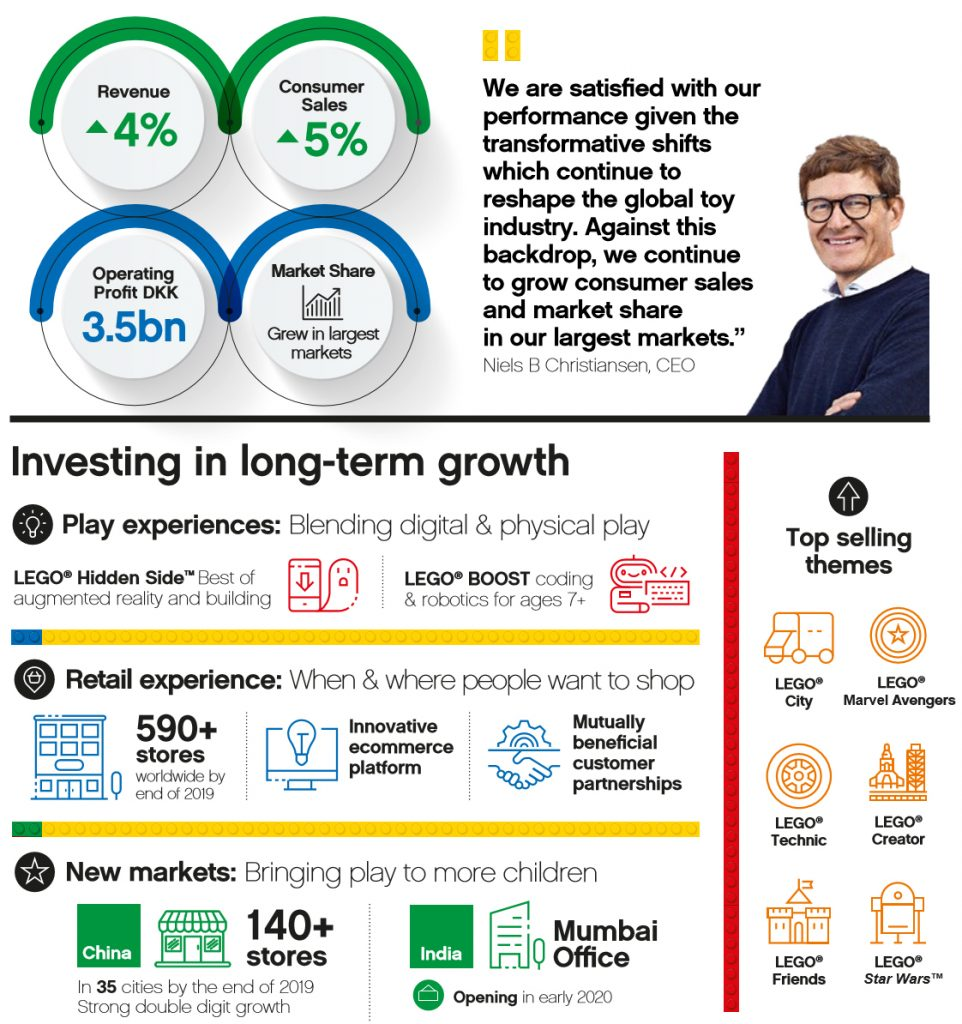
Fig, 2. Lego’s growth strategy and innovation to expand
Source: Booker (2019)
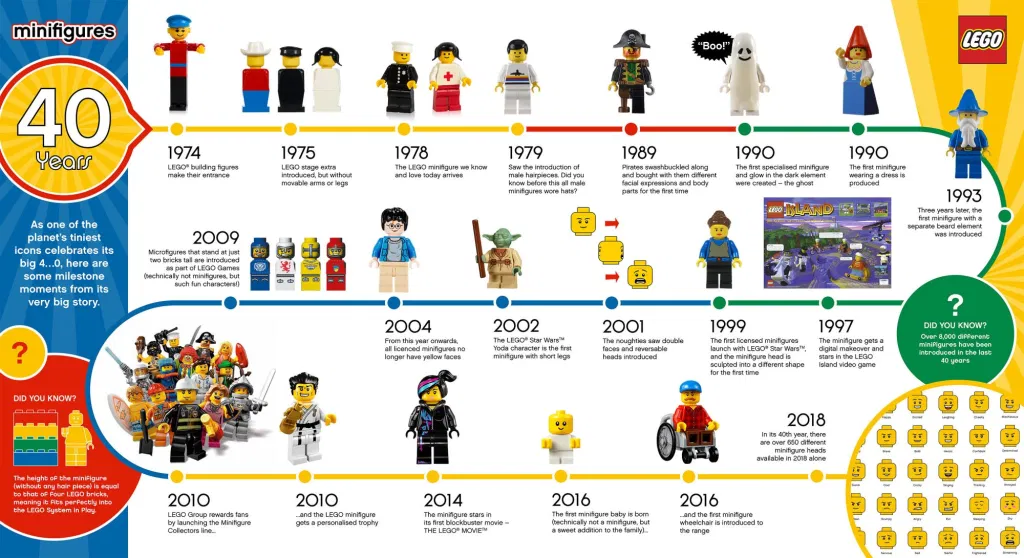
Fig. 3. Lego market history in Minifigures
Source: Qian (2020)
3.4 Product positioning
In order to perfectly position the Lego company in the market and asserting its dominance through the new service to be offered, much effort needs to be put in brand marketing. Selling on user experience as illustrated by Kalcher (2012), should be the major selling strategy to ensure that new users appreciate first class service and refer their friends and neighbours. The increased involvement of these new players and referrals will lead to the eventual success of the new product and help the company increase operations. As a marketing strategy, product positioning is essential to the introduction of new products or services to the market and reaffirming customer trust in the brand.
4.0 Objectives
The major objectives of the new service can be divided in short, medium and long-term objectives that the Lego company aims to achieve in the course of the next five years. The proposal for the new service encompasses all the social, marketing and financial objectives that the company must undertake to succeed in their new service quest. Some of the most highlighted financial objectives of this proposal are to increase the receipt per unit per rental and recycling by 5% by October 2023, from $10 to $12.99. Since marketing strategy can be compared to a perfectly executed military strategy, as is the norm with the Lego company, Windekilde (2016), there is need to undertake this plan with utmost due diligence to meet the set-out goals and objectives.
Table 3: Marketing, Financial and Societal SMART Objectives set for the project over the next five years.
|
|
Short term: 1 year |
Mid-term: 3 years |
Long term: 5 years |
|
Marketing objectives |
Achieve at least a 75% awareness rate amongst current Lego customers by October 2021. |
Attract new customers and users: increase the proportion of renters from the “Medium and Low Financial class” target groups by 4% compared with year 1 by October 2023 |
Increase brand loyalty to become the brand of choice for toy rental and recycling service: Have at least 75% of repeat customers by October 2025. |
|
Encourage trial of the new service and achieve at least 35% trial rate amongst current Lego customers by October 2021. |
Retain existing customers and service users: Have at least 30% of repeat service users within the total annual number of service users by |
Maximize customer satisfaction: Achieve a customer satisfaction rate of 95% by October 2025. |
|
|
|
|
October 2023. |
|
|
Financial objectives |
Contribute to a 17% increase of the total weekend rental revenue by October 2021 |
Increase receipt per unit per rental by 5% by October 2023, from $10 to $12.99. |
Achieve a 45% gross contribution rate annually for the new service offer by October 2025. |
|
Rent and recycle at least 15,000 units through the new service offer by October 2021. |
Generate positive gross contribution with the new service offer by October 2023. |
Rent and recycle at least 35,000 units yearly from the new offer by October 2025. |
|
|
Societal objectives |
Have 70% of the toys’ distribution line locally sourced. |
Reduce plastic use and production within the new product line by 30% by October 2023. |
Have 100% of the toy rental and recycling line locally sourced. |
|
Employ individuals who are trying to reintegrate into professional life: they should represent 15% of the total number of employees needed for the new service by October 2023. |
Employ individuals who are trying to reintegrate into professional life: they should represent 20% of the total number of employees needed for the new service by October 2025. |
5.0 Marketing Mix
In order to demystify the marketing mix of this new service, the 5P’s method has been used to develop a proper marketing mix.
This is just a sneak peak. Order to get the full version.


